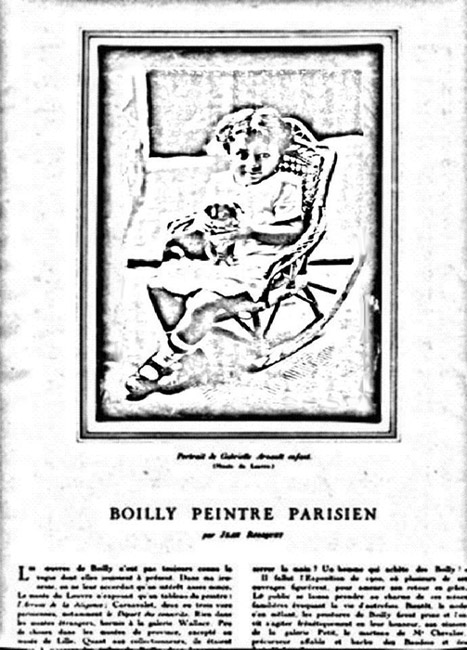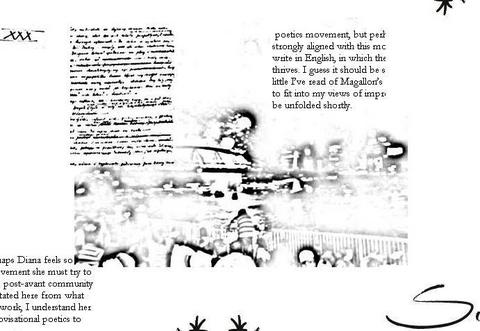From Men's Vogue: Vladimir Nabokov, a notorious insomniac, once called sleep "the most moronic fraternity in the world." Not too long ago, I found myself in the writer's shoes, my brain feverish, like a player piano stuck in an anxious loop. Blame it on Brahms, whose treacherous piano music I was struggling to master for an upcoming amateur performance. After four restless, nerve-racking nights, I was ready to be dubbed a snoozing moron in exchange for some relief.
(Hear how Damian Fowler's brain waves sound when he's
active and when he's
at rest.)
As it turns out, sleep solace came via a different kind of music. I discovered Brain Music Therapy (BMT)—a bit off the beaten path, but as a music critic, I was intrigued. It's a radical new treatment that converts a patient's brain waves into sounds that heal: some alleviate insomnia, anxiety, depression, and stress, and some boost productivity and concentration. In the United States, it is administered exclusively by Dr. Galina Mindlin, a New York-based psychiatrist, and her associates across the country.
I went along, with some trepidation, to discover the music of my mind. Dr. Mindlin is a reassuring presence, with a soothing Russian accent and gentle manner that quickly put me at ease. After a mini-therapy session exploring my sleeping habits, she used an EEG (electroencephalogram) to record my brain waves. I was asked to relax, and soon imagined myself by the ocean; it seems that waves, whether generated by brain or sea, like to commune.
The intention is to gather alpha waves, which the brain generates when it's in a calm state, as well as beta waves, which are produced when the brain is engaged in activities like talking or debating. BMT captures both signals and converts them into two personal soundtracks (one relaxing, the other energizing), using a complex algorithm that calculates rhythms and melodies from the brain's activities. It then extrapolates changes in tempo and dynamics, and when to use major and minor chords. Twenty comfortable minutes later, the procedure was over and I was sent home to wait for my CD. The turnaround is just shy of a month, about the same time it took the Beatles to record Rubber Soul.
I was hoping for a soothing groove, but what if my brain sounded like Kenny G? When my CD finally arrived, I was prepared for easy listening's worst. The liner notes instructed me to listen to the relaxing piece "every evening just prior to going to bed two times," so I plugged in my headphones and pressed play. It sounded like a cross between Philip Glass and Bach, played on a piano by a competent amateur. (It's actually created digitally.) I quite liked it, but tried not to analyze the music too much. The fact that it was in C# minor with a weird time signature seemed beside the point, although slightly worrying. It was designed to help me, after all, to lull me to sleep—much better than counting sheep.
Some people, it turns out, don't like their brain music. Tough luck, says Dr. Mindlin. "This is just like taking medication." According to her clinical studies, about 85 percent of patients reported a significant improvement in their symptoms after BMT. As for my own mental lullaby, it works. The repetitive rhythms and lilting lines quickly induce a state of drowsiness, making my insomnia a thing of the past. Conversely, the activating music—bouncy and brisk—is rather like a cup of coffee for the brain. I listen to it every morning for a burst of get-up-and-go.
The ultimate goal of BMT, which costs $550 a session—far less than regular doses of Ambien—is to teach the brain to relax on its own and, eventually, to use the therapeutic music more sparingly. Dr. Mindlin says it takes around three to four weeks of listening to see results. After several months, the music may become so familiar that the brain can even autosuggest a relaxed state simply by recalling the melody. Soon I should be able to perform it on the piano and play myself to sleep. It's a whole lot easier than Brahms.
~
I'm currently planning on (hopefully) having this done of my own brain waves. Apparently, like everyone's make-up/genes/finger-prints, &c., &c., each brain wave has its own unique soundscape. Which, in realistic sense, everyone has their own Chopin sitting directly in their brains! Thanks to the technology of today, each of us can have our own masterpiece placed on cd, straight from our own noggins.
Dr. Galina Mindlin: "Brain waves are translated into music digitally with a special algorithm. It took many years and the effort of a multidisciplinary team of clinicians, researchers, mathematicians and musicians led by Dr. Iakov Levine to develop this algorithm. Once the brain waves are converted into musical sounds, they are placed on a CD with a relaxing file and activating file and instructions on how to use them."










